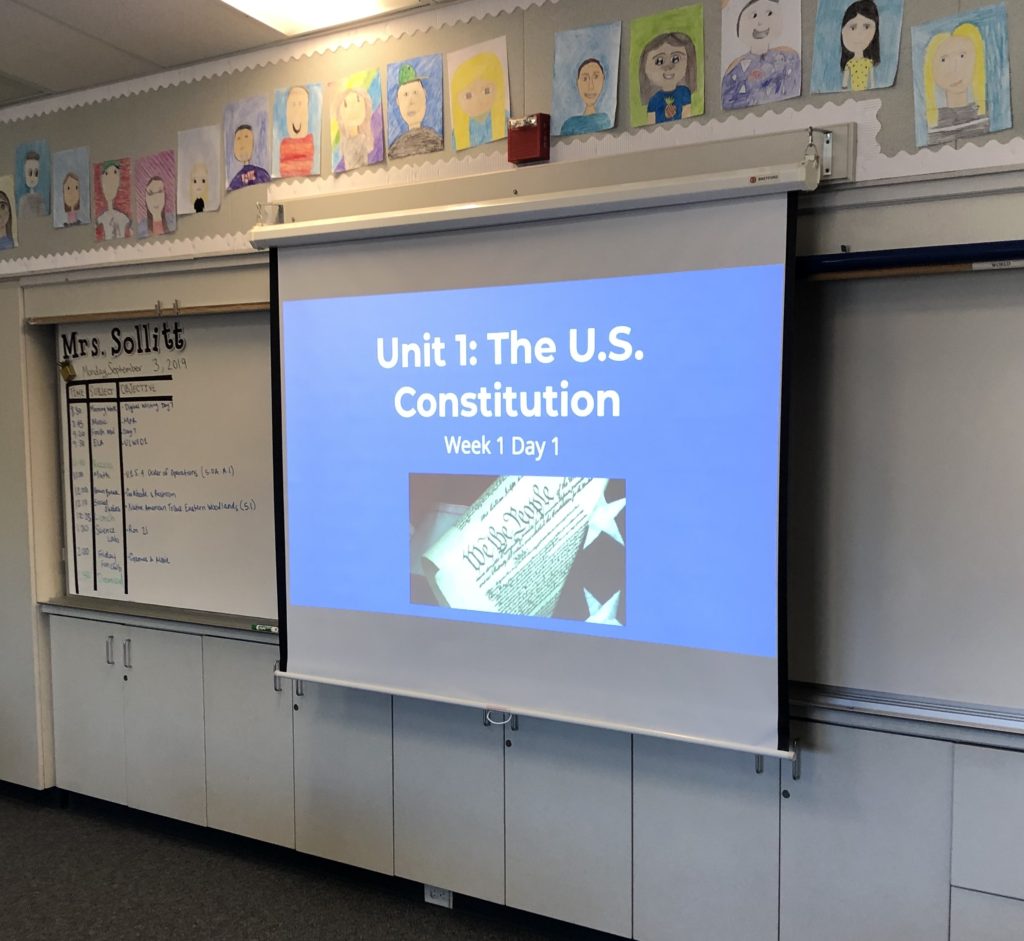
Benchmark Advance. The comprehensive ELA program for elementary students.
I don’t know about you, but when my district first rolled out Benchmark, I was OVERWHELMED. I am definitely a type A personality. I need everything organized and clear, and this new curriculum really had my head spinning. Now, don’t get me wrong, I felt like the content and information was right there in the Teacher’s Resource System. Finally, I wouldn’t need to go out and find countless resources on my own in order to teach my students. BUT, I just could not see how I was actually going to deliver these lessons in my classroom.
My main concern was two-fold: How can I deliver this content without reading directly from the book? And, How can I fit ALL of this into my day? In this blogpost, I will explain what I did to address both of those concerns. It’s not perfect. But, it works for me and my students, and that’s the ultimate goal.
How can I fit ALL of the Benchmark Advance curriculum into my day?
I want to start by saying, I am not a Benchmark Advance advertiser. I do not get compensated for anything I write. My procedures come from what I find works in my classroom.
I start out my day by doing the reading lessons. These are either short or extended reads where students’ objective is to practice a specific skill. These skills are aligned to Common Core State Standards and start with the teacher modeling. After modeling and guided practice, students usually work in groups or partners to fill out a chart showing their understanding. I partner students randomly. I do not let them choose, as that leads to issues. I use a FREE website called Flippity RandomName Picker. You can put your students’ names in a spreadsheet and then group them into pairs, triads, or groups. I still make sure to walk around and help students as this program is rigorous and challenging, even in partners.
After the reading lesson(s), I take a break and transition into another subject. I feel it’s important to take a break from Benchmark as students can get overwhelmed if we do too much at once.
In the 30 minutes before lunch, I come back to Benchmark. During this time, I do small group rotations. I have 6 different small groups that are homogeneously grouped based on reading level. I use the leveled readers and meet with 2 separate groups for 15 minutes each. I have the other 4 groups reading their own books independently. I found it too difficult to meet with small groups while students were doing the work from the whole group reading lessons. My students needed more support during partner work time, so I meet with groups when all students are reading instead.
We then take a break, and go to lunch. After lunch, we come back to Benchmark and do writing. I usually take 10 minutes to review, model, and explain the lesson. Then, students only have about 25 minutes to write or work on the activity.
As far as assessments, I have been only able to do the unit assessments. Last year, I was unable to find time every week to do the weekly assessments. I felt the unit assessments, and informal check for understandings, provided the data I needed to evaluate my students
The most important thing I’ve learned, is that sometimes we can’t do it all. There are days when we have assemblies, or holidays, or guest speakers. On those days, we have to cut lessons short, or cut them out all together. Benchmark spirals, so I don’t worry too much about the students not getting every lesson.
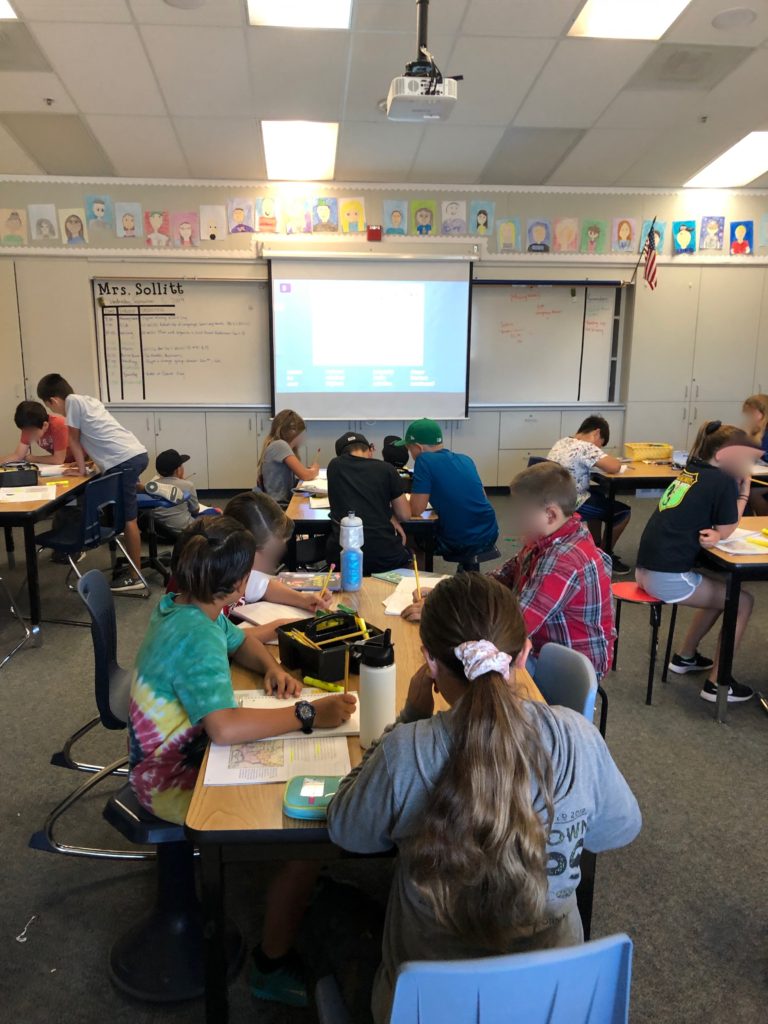
Students working on Unit 1 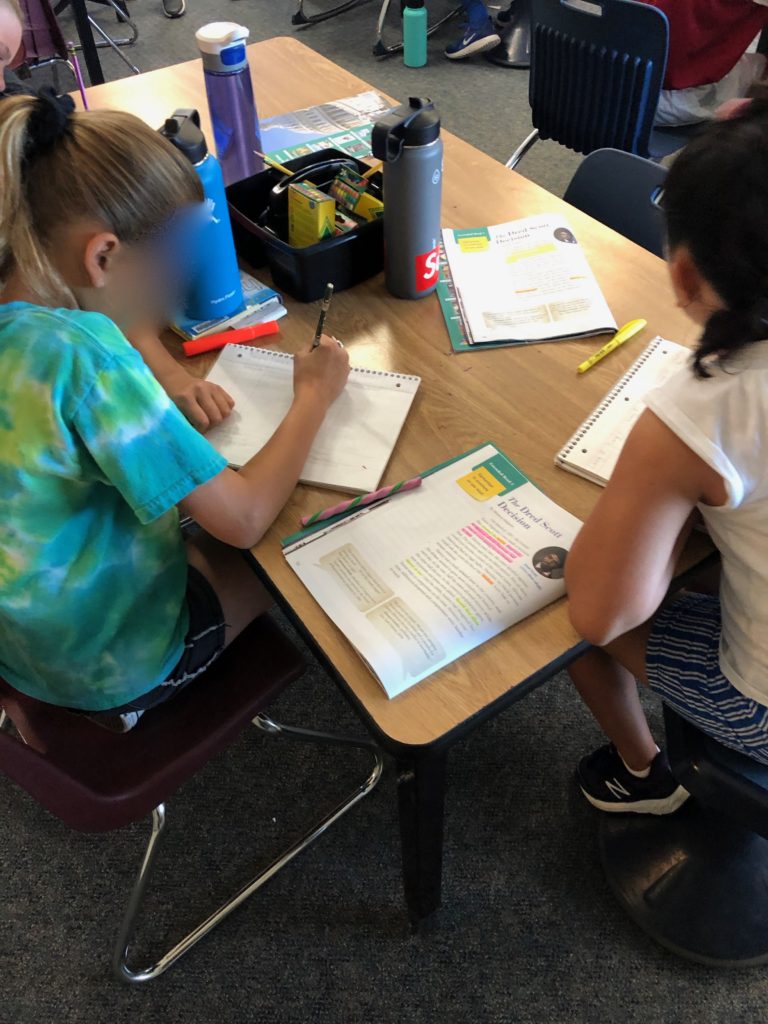
Finding key details 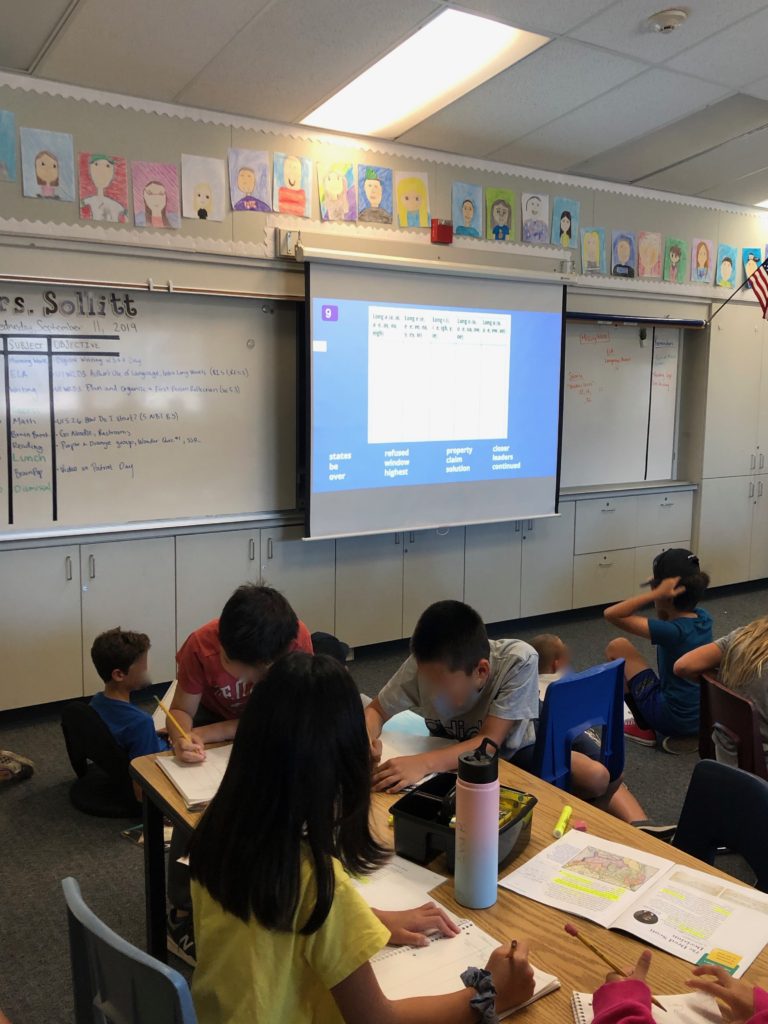
Sorting words with short vowels
How do I deliver these lessons without reading directly from the teacher’s edition?
At first, I tried writing everything on sticky notes in the Texts for Close Reading (Student text). But that made me feel rushed in the morning and scattered when delivering the lessons.
Then, I decided to start putting all the content that’s in the Teacher’s Resource System into a presentation format. This way, I can just project what I need to say and what the students need to do. The presentations kept me on track and drastically dropped the amount of students saying, “Wait, what are we doing?” I got that question CONSTANTLY before I put the content in presentation format.
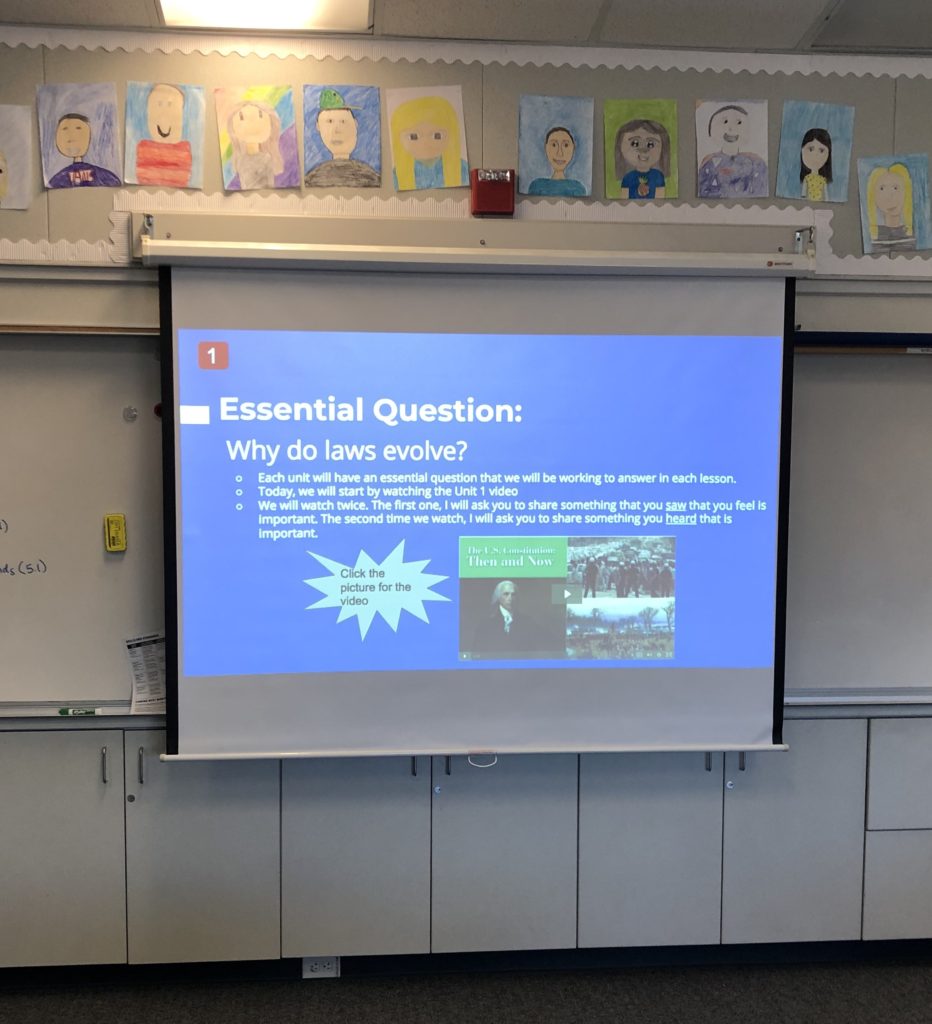
It definitely took a while to make all of the presentations. I decided to put them in Google Slides so that I could share them with my grade level. Luckily, everyone was just as excited as me to use them, so we all stayed on pace! I figured the time investment would be worth it because I could use the presentations year after year.
Benchmark has charts that you can print out to use in the whole group lessons. I do this sometimes; however, I don’t like relying on copy machines. So, most of the time, my students make the charts in their notebooks. I’m able to project the documents as part of the presentations and help model filling them out using the whiteboard.
If you are interested in seeing how the teaching presentations are laid out, check out my FREEBIE on Teachers Pay Teachers. I hope it helps other teachers as much as it helped my team!
Please let me know if you have any questions!
Happy Teaching,
Alyssa
